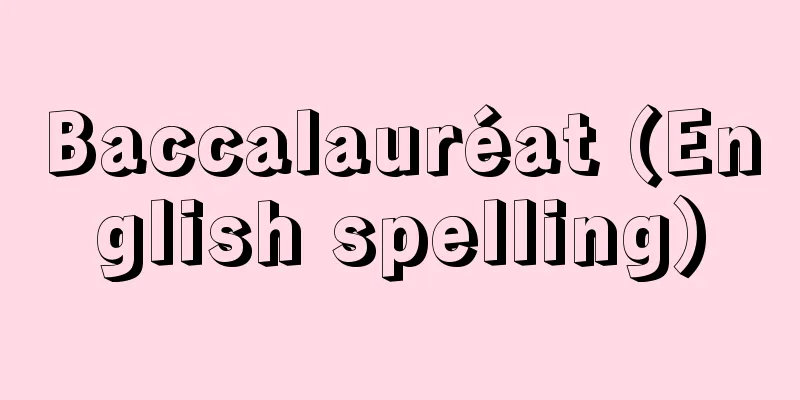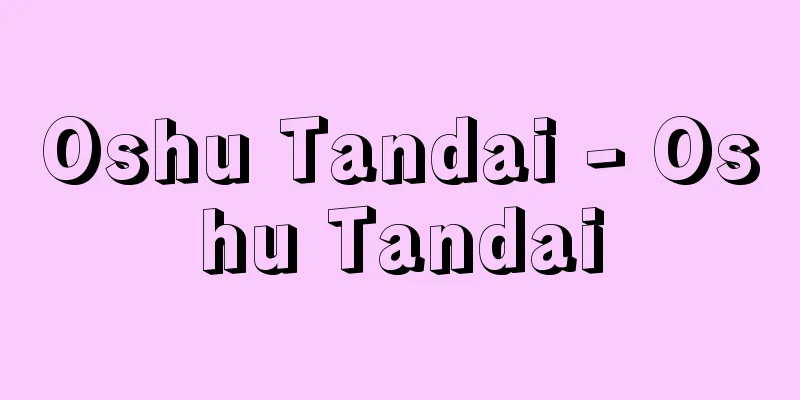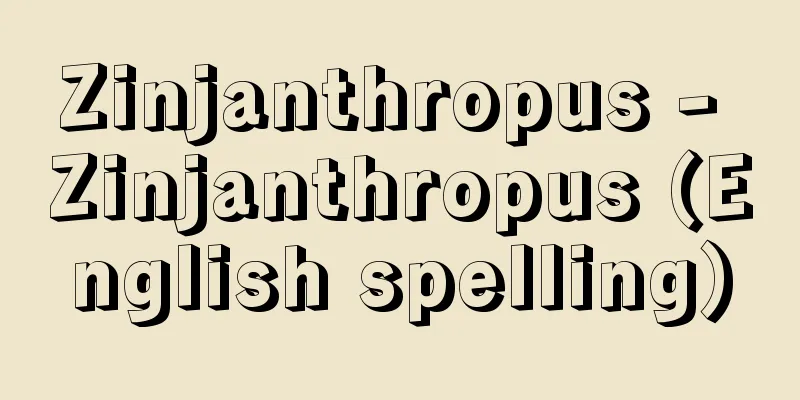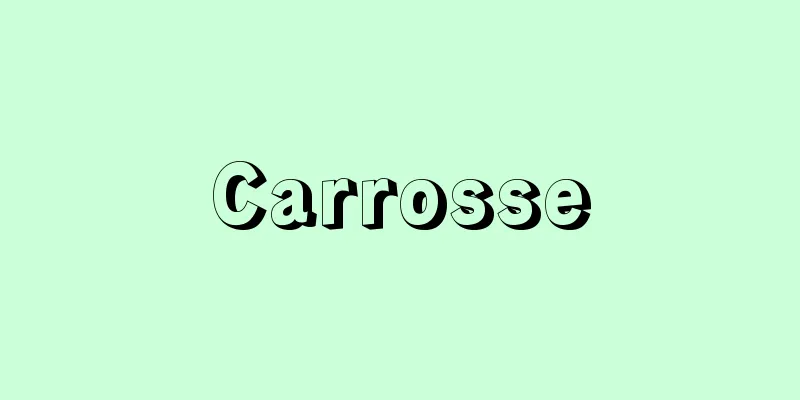Tsuda Sokichi

|
A historian, intellectual historian, and doctor of literature during the Meiji, Taisho, and Showa periods. His real name was Chikafumi. He was born on October 3, 1873, in Higashitochii, Shimoyoneda Village, Kamo County, Gifu Prefecture (now Minokamo City), as the eldest son of Tsuda Touma, a former retainer of the Takekoshi family, a chief retainer of the Owari Domain. He dropped out of a private middle school in Nagoya, and graduated from the Japanese Language and Politics Department of Tokyo Senmon Gakko (the predecessor to Waseda University) in 1891 (Meiji 24). He was patronized by Sawayanagi Masataro and introduced to Shiratori Kurakichi, who cooperated with Shiratori on his Western history textbooks, and served as a middle school teacher in Chiba, Dokkyo, and other places. In 1908 (Meiji 41), he became a researcher at the South Manchuria and Korea Historical Geography Research Office of the South Manchuria Railway, which was established by Shiratori. There, he conducted research on the historical geography of Manchuria, Mongolia, and Korea, and published the first two volumes of "Korean Historical Geography" in 1913 (Taisho 2). His experiences and discussions in critical empirical research at the research office became the starting point of his academic research. From the beginning of the 20th century, he also deepened his interest in national ideology, publishing tentative essays in various magazines, which culminated in four volumes (1916-1921) of "Research on our national ideology as manifested in literature." In this work, he traced how, against the backdrop of the general trends of Japanese history, national ideology had developed into something unique while being influenced by foreign ideologies such as Chinese ideology, through the development of national thought, culture, and life, including not only literary works but also art and performing arts in general. His research into the textual criticism of the Kojiki and Nihon Shoki as one aspect of intellectual history research and into historical facts began with New Studies on the History of the Age of the Gods in 1913, and saw the establishment of methodology in New Studies on the Kojiki and Nihon Shoki (1919). After the Great Kanto Earthquake, these two works were revised and republished as Studies on the History of the Age of the Gods and Studies on the Kojiki and Nihon Shoki (both in 1924), and he went on to reorganize ancient history based on more thorough textual criticism, culminating in Studies on the History of Ancient Japan (1930) and Society and Thought of Ancient Japan (1933), which established the foundation for the study of ancient history. On the other hand, he also energetically pursued the historical study of Chinese thought, producing works such as "The Thought of Taoism and Its Development" (1927), "A Study of the Intellectual History of the Zuo Zhuan" (1935), and "The Analects and the Thought of Confucius" (1947), and in his later years he wrote "A Study of Chinese Buddhism" (1957). In the midst of this academic career, he came under attack from right-wing thinkers in 1940 (Showa 15), and his four main works on the Kojiki and Nihon Shoki were banned. He was indicted along with Iwanami Shigeo for violating the Publication Law, and resigned from Waseda University, where he had been teaching since 1917 (he was found guilty at first trial in 1942, and acquitted in 1944). After the war, he revised and republished these four works, and also published many articles on current affairs and historical views. In particular, his article "The Circumstances of the Founding of the Nation and the Idea of an Unbroken Imperial Lineage," which appeared in the April 1946 issue of Sekai, attracted attention in the debate over the Emperor System immediately after Japan's defeat in the war. Tsuda's academic research approach, which starts with document criticism, examines the issue from a dispassionate standpoint, and seeks to uncover the truth, is original in a world where many approaches tend to be limited to emotional appreciation. His proposal in Shina Shiso to Nihon (1938), published just before the Pacific War, that the cultures of India, China, Japan, and other countries are independent and that there is no such thing as a single Eastern culture, can be evaluated as a brilliant insight. However, an insufficient understanding and awareness of social science has ultimately placed limitations on his theories, systems, and methods. [Eiichi Matsushima September 16, 2016] "The Complete Works of Tsuda Sokichi, 28 volumes, 5 supplementary volumes (1963-1966, Iwanami Shoten), supplementary volume 2 (1989, Iwanami Shoten)" ▽ "The Man and Thoughts of Tsuda Sokichi, edited by Ueda Masaaki (1974, Sanichi Shobo)" ▽ "The Complete Works of Meiji Literature 78, Essays on Meiji History II" (1976, Chikuma Shobo) [References] | | |©Shogakukan Library "> Tsuda Sokichi Source: Shogakukan Encyclopedia Nipponica About Encyclopedia Nipponica Information | Legend |
|
明治・大正・昭和期の歴史学者、思想史家、文学博士。本名親文(ちかふみ)。明治6年10月3日、岐阜県加茂(かも)郡下米田(しもよねだ)村(現、美濃加茂(みのかも)市)東栃井(ひがしとちい)で、尾張藩(おわりはん)家老竹腰家の旧家臣津田藤馬(とうま)の長男に生まれる。名古屋の私立中学を中退し、1891年(明治24)東京専門学校(早稲田(わせだ)大学の前身)邦語政治科を卒業。沢柳政太郎(さわやなぎまさたろう)の庇護(ひご)を受け、白鳥庫吉(しらとりくらきち)に紹介され、白鳥の西洋史教科書に協力するとともに、千葉、独協(どっきょう)などの中学教員を歴任。1908年(明治41)に白鳥が開設した満鉄の満鮮歴史地理調査室研究員となった。ここにおいて満蒙(まんもう)・朝鮮の歴史地理的研究を行い、1913年(大正2)に『朝鮮歴史地理』上下を刊行、調査室での文献批判的実証研究の経験と討論は、学問的研究の出発点となった。また20世紀に入ったころから、諸雑誌に試論を発表するなど関心を深めていた国民思想の研究は、『文学に現はれたる我が国民思想の研究』4冊(1916~1921)となって結実し、日本歴史の大勢を背景として、単に文芸作品のみでなく、広く美術・芸能をも含めて国民の思想・文化・生活の展開を通して、国民思想が中国思想など外来の思想の影響を受けつつ、独自のものを展開してきたことを跡づけた。思想史研究の一面としての『古事記』『日本書紀』の文献批判と、歴史的事実追究の研究は、1913年の『神代史の新しい研究』を皮切りに、『古事記及び日本書紀の新研究』(1919)で方法的確立をみた。関東大震災後、この2著は『神代史の研究』『古事記及日本書紀の研究』(ともに1924)として補訂再刊され、さらに徹底した文献批判に立脚して古代史の再編成に進み、『日本上代史研究』(1930)、『上代日本の社会及び思想』(1933)をまとめて、古代史研究の基礎を築いた。 他方、中国思想の史的研究をも精力的に進め、『道家(どうか)の思想と其(そ)の開展』(1927)、『左伝の思想史的研究』(1935)、『論語と孔子の思想』(1947)などを生み、晩年には『シナ仏教の研究』(1957)を著した。このような学究生活にあって、1940年(昭和15)右翼思想家の攻撃を受け、記紀研究の主要4著作が発禁となり、岩波茂雄とともに出版法違反で起訴され、1917年より出講していた早稲田大学を辞職した(1942年第一審有罪判決、1944年免訴)。戦後この4著作を補訂再編して刊行し、さらに時事評論や歴史観などの論文を多数発表したが、なかでも1946年(昭和21)4月号の『世界』に載せた「建国の事情と万世一系の思想」は、敗戦直後の天皇制論議のなかで注目された。 文献批判から出発し、冷徹な立場で問題の全面的な検討を行い、真実を追究しようとする津田の学問的研究態度は、ともすれば感情的鑑賞にとどまる態度の多いなかでは独創的なものがある。太平洋戦争直前に『支那(しな)思想と日本』(1938)で、インド・中国・日本などの文化はそれぞれ独立していて、一個の東洋文化というものは成立していないと提言したことは、一つの卓見として評価できる。しかし、社会科学への理解と認識の不十分さは、ついにその理論と体系と方法に限界となっている。 [松島榮一 2016年9月16日] 『『津田左右吉全集』28巻・別巻5(1963~1966・岩波書店)、補巻2(1989・岩波書店)』▽『上田正昭編『人と思想・津田左右吉』(1974・三一書房)』▽『『明治文学全集78 明治史論集Ⅱ』(1976・筑摩書房)』 [参照項目] | | |©小学館ライブラリー"> 津田左右吉 出典 小学館 日本大百科全書(ニッポニカ)日本大百科全書(ニッポニカ)について 情報 | 凡例 |
Recommend
Mayne, W.
...C.S. Lewis dealt with issues of good and evil ...
Oil wholesaler - Aburadoiya
A general term for oil wholesalers in the early mo...
Palk Strait
A strait between Cape Calimer, at the tip of the ...
Inviolability of the dwelling - juukyou no fukashin
A person's home may not be invaded or searche...
Beelzebub
... In ancient Mesopotamia, the symbol of Nergal,...
King Lear
A five-act tragedy by the English playwright Shak...
Velikie Chet'i-Minei (English spelling)
…However, an extreme policy of national isolation...
A Hero's Life
...From this time on, as a conductor, he began to...
Aigisthos
A legendary Greek hero. Son of Thyestes and his da...
Sukhavativyuha (English spelling)
…One of the Mahayana Buddhist scriptures that pre...
Gisu (English spelling) deepsea bonefish
A marine fish of the family Bocconidae in the orde...
Freshfield, Douglas William
Born: April 27, 1845, London [died] 9 February 193...
Egaku - Drawing
… [Situation and position] [Terrain] A province i...
Rotation period -
Capital is a growing body of value that converts i...
Orange curaçao (France)
Brown curacao is aged in barrels and is sweeter a...









